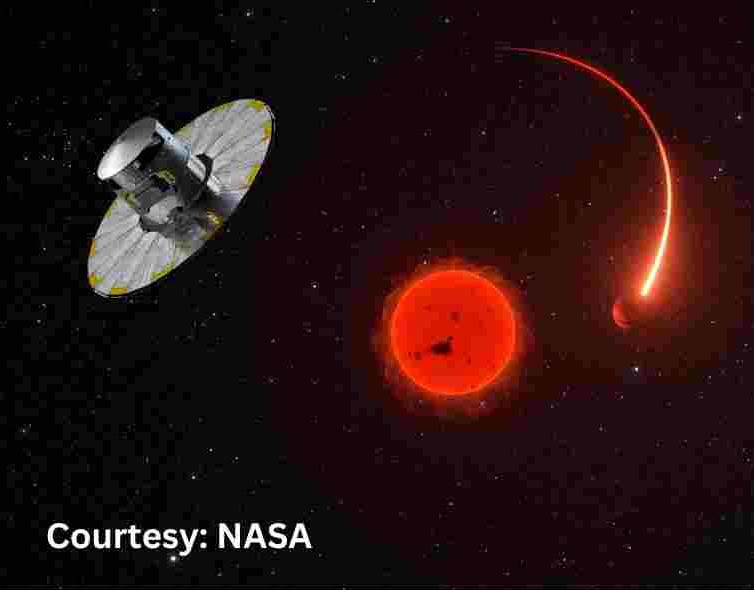Melting ‘Doomsday Glacier’ Could Trigger Major Sea Level Rise
Scientists have issued a serious warning about one of Antarctica’s most closely watched glaciers — the Thwaites Glacier, often called the “Doomsday Glacier.” Its nickname comes from the fear that if it melts completely, it could raise global sea levels by over half a metre and possibly cause other nearby glaciers to collapse too.
For the past six years, a team of international experts — the International Thwaites Glacier Collaboration (ITGC) — has been studying the glacier using advanced tools like underwater drones and research aircraft. Their early findings are troubling.
In a recent report, the scientists said,
“The results suggest that the Thwaites Glacier and much of the West Antarctic ice sheet may be lost by the 23rd century.”
One of the main problems is that the glacier, though incredibly thick (up to 2 kilometres in some areas), sits on a sloped bed far below sea level. This slope lets warm ocean water slide underneath the glacier, melting it from the bottom and letting water reach deeper into Antarctica’s ice sheet — speeding up the process.
The research confirms fears that Thwaites Glacier will keep shrinking. Right now, it’s already lost a significant amount of ice and is about 80% the size of the U.S. state of Florida.
This discovery is a stark reminder of the changes happening in our climate system — and how they could reshape coastlines around the world in the coming centuries.











